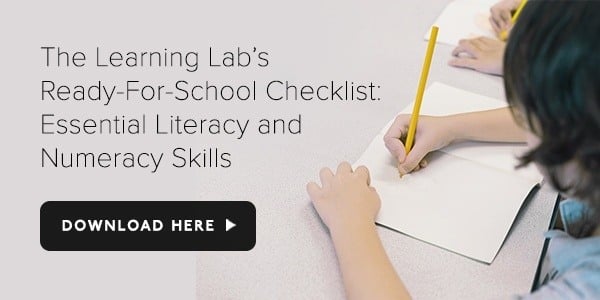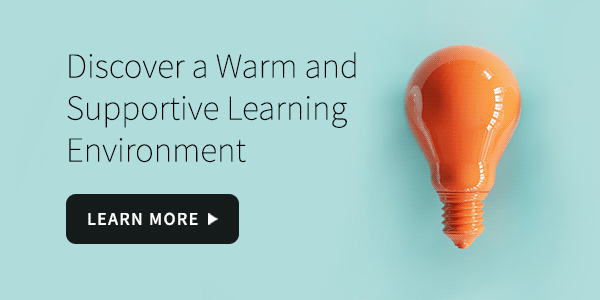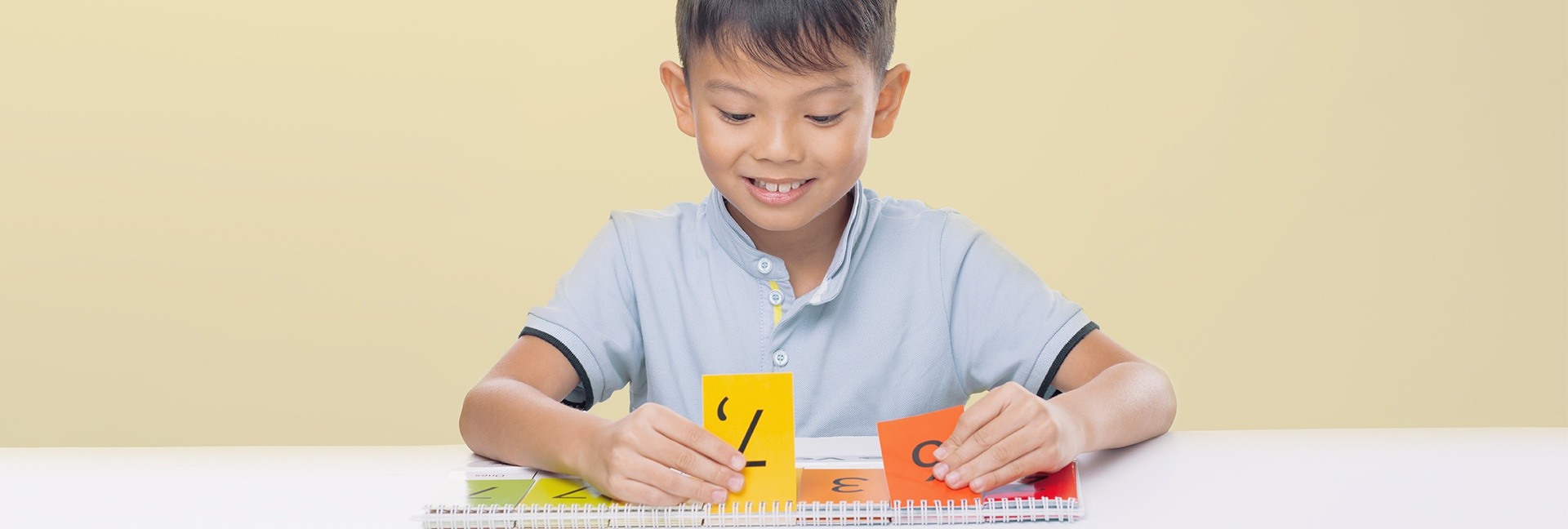
A season of change awaits both you and your child as the move from preschool to primary school involves a lot of planning and adjustment.
We sat down with Sue Lynn Lee, Academic Director for the Early Years and Lower Primary Programmes to address some burning questions and common concerns parents have about the transition from Kindergarten 2 to Primary 1.
1. What Should My Child Be Able to Grasp by the End of K2?
Sue Lynn: In preparation for the transition from K2 to Primary 1, your child should hone key academic skills in literacy and numeracy.
| English | Math |
| Literacy skills can be broken down into: Comprehension Skills Your child should be able to read and understand simple text types Oral Skills Your child should be able to express his or her opinions in a coherent and confident manner Writing Skills Your child should be able to write at a comfortable pace and craft basic sentences |
Numeracy skills can be broken down into: Simple Relationship And Patterns Your child should be able to do simple matching, sorting, comparing, ordering and patterning Counting And Number Sense Your child should be able to understand one-to-one correspondence, knowing how numbers relate to the quantity of real objects Number Recognition Your child should be familiar with subitising, a skill that allows him or her to tell small quantities without the need to count |
Click here to download our Ready-For-School Checklist which outlines the key aspects of both literacy and numeracy that your child should develop at the kindergarten levels in order to be ready for school.
2. How Do I Help My Child Practise and Improve Their Essential Reading and Writing Skills?
Sue Lynn: Being able to read and write well is part of building a strong foundation in English for your child.
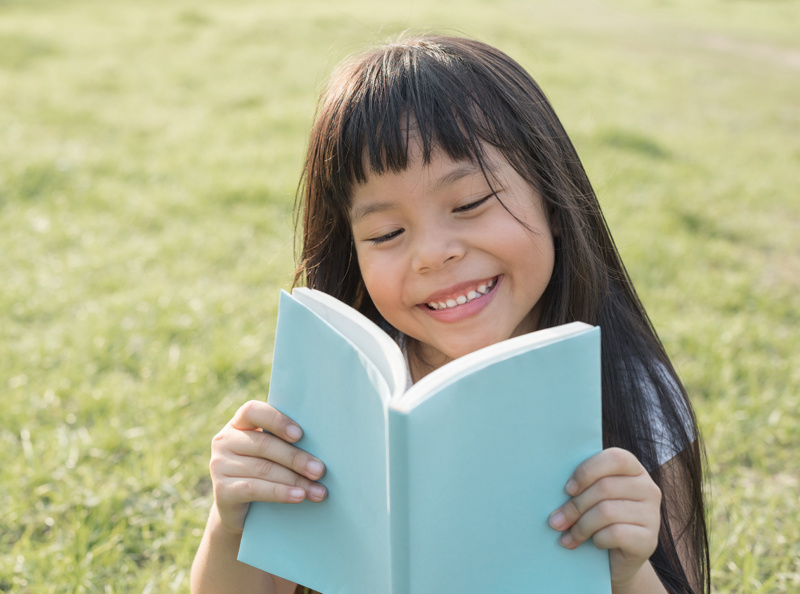
Reading Skills
Reading can be broken down into two parts:
1. Being able to sound out and decode words
2. Being able to read for understanding
There are various techniques to go about helping children to sound out and decode words.
i. Introduce Phonics to Your Child
An introduction to phonics is one of the most important steps in getting your child to read fluently. At Kindergarten 2, your child should be able to recognise word families and common sounds that can help him or her to break apart and decode words.
In addition, going through a list of sight words (commonly seen words) can help your child master reading more quickly.
ii. Read with Your Child
Inculcate the habit of reading books in your child from a young age. When your child loves reading, language acquisition occurs naturally and a lifelong learning tool is developed.
More importantly, your child should also read for understanding. To help your child with this, you may like to sit and read together with him or her.
When you read a book with your child, it can be very useful to stop at important junctures in the book to ask questions that check for understanding of the story or to ask questions that seek your child’s opinion of the story or characters.
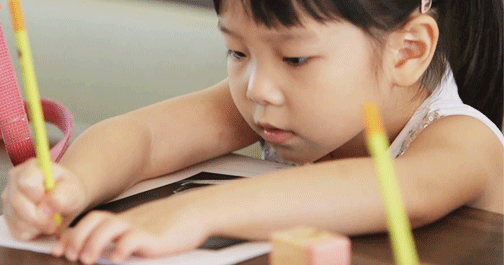
Writing Skills
When it comes to developing strong writing skills, your child should be able to:
- write at a comfortable speed
- craft simple sentences
i. Practise Writing with Your Child
Good penmanship comes with having ample practice. With practice, children become more proficient writers.
In addition, being able to transfer words from a fixed text into writing is a skill that you can work on with your child.
This exercise not only helps with penmanship skills but also helps your child to be more aware of writing conventions such as paragraphing, capitalisation and punctuation.
ii. Instil Confidence in Your Child
When helping your child craft basic sentences, confidence is key. It is important to allow your child to express himself or herself confidently. This involves being open to invented spelling and minor grammatical mistakes in your child's sentences.
Once your child has developed confidence in crafting sentences, you can then work on spelling and basic grammar rules with him or her.
You may also consider teaching your child how to use descriptive words and better vocabulary to make their sentences more expressive.
3. How Do I Help My Child Solve Simple Word Problems with Confidence?
Sue Lynn: In order to boost your child's confidence in Maths, you can start by incorporating the subject into your child's daily activities.
When your child is able to see Mathematical concepts in the tangible objects around him or her, he or she tends to grasp these concepts better and gradually become more confident.
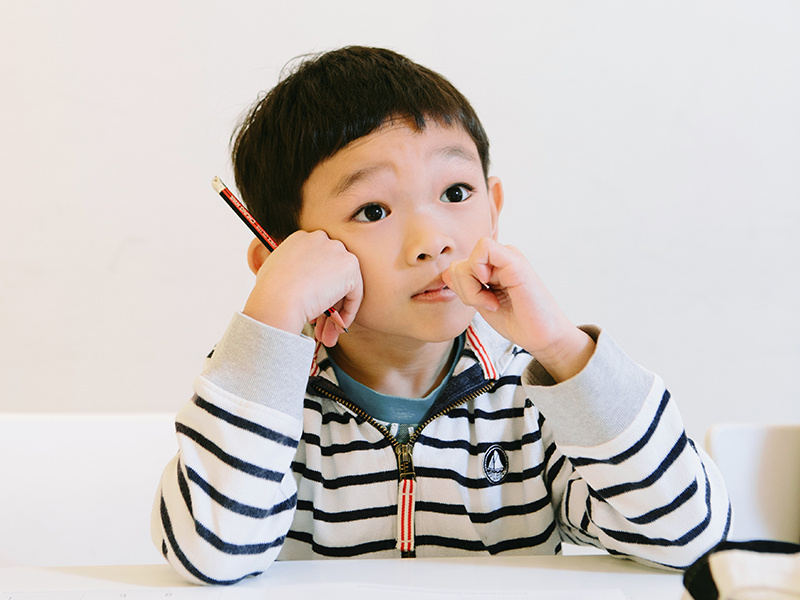
It is important to help your child draw links between Mathematical concepts and his or her daily experiences. This can be in the form of:
- Counting shells at the beach
- Pointing out shapes to your child during a car ride
- Solving simple addition and subtraction problems when purchasing items
Children also learn better through hands-on activities, songs, games and stories. These strategies can also be accompanied by manipulatives in order to hone their number sense.
Remember that in order to build your child’s confidence towards Math, more focus should be placed on the process and not solely on the results.
Your child should always be encouraged to think about how answers are derived, instead of just focusing on the correct answers.
4. How Do I Motivate My Child to Learn with Joy While Preparing for Primary 1?
Sue Lynn: Learning should always be a fun process that goes beyond the books to involve life experiences. As educators, we always seek to light the fire of wanting to learn more and wanting to learn beyond the classroom in our children.
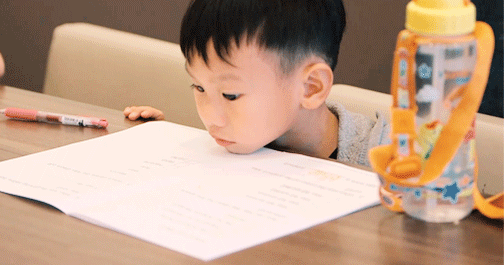
It is important that your child understands how learning can empower him or her.
As a parent, you should take time to show interest in and be genuinely curious about what your child is learning in school.
When your child shares a new concept that he or she has just learnt in class, it helps him or her reinforce the information learnt. You may also add in your own experience and thoughts!
If your child has done well in certain areas of his school work, be sure to offer praises. “You’re getting there!”, “I am so proud of your progress!” or “Great handwriting!” — these verbal encouragements go a long way in boosting his or her confidence.
Read: 5 Ways To Build Your Child's Confidence, Positivity And Individuality
5. What Are Some Good Habits My Child Should Develop for Classroom Confidence in Primary 1?
Sue Lynn: Classroom confidence is important and can be developed through cultivating good classroom habits.
Some skills we hope to hone in our preschool students at Kindergarten 2 include:
i. Being Independent
It is important that your child learns to be independent and responsible, be it towards his or her belongings or towards tasks assigned to him or her.
Setting aside time to explain the concept of ownership to your child will help him or her understand the importance of taking charge of objects or situations.
Getting your child to think about situations — happy or otherwise, will help him or her have a deeper understanding of people's thoughts, emotions, actions and reactions.
At the end of the day, your child will learn to be responsible not just for himself or herself but also for the people, places and things around him or her.
ii. Having a Healthy Attention Span
Being able to concentrate for an extended period of time is also a vital classroom skill that is needed to help children with the transition into Primary 1.
You can help your child with this by setting timed tasks for him or her to complete and extending the timing to increase his or her stamina.
iii. Knowing How and When to Ask for Help
As your child moves towards being in a bigger classroom in Primary 1, he or she has to learn how and when to ask for help or who to get help from when he or she needs it.
iv. Being Able to Manage Conflict
At TLL, teachers try to encourage teamwork among their students in preparation for the new Primary 1 environment.
Knowing how to interact in a polite manner and how to resolve conflict with peers are some of the many habits that your child can work on to transit better to Primary 1.
iv. Developing a Positive Learning Attitude
Lastly, your child should develop a growth mindset that encourages him or her to try tirelessly, accept his or her mistakes and learn how to grow from these mistakes.
Read: 5 Signs that Your Kindergarten Child May Not Be Coping Well in Class
Kindling Joy in Learning from Kindergarten 2 to Primary 1
At TLL, we believe in empowering your preschool child to learn, create and achieve through lessons that are directly relevant to his or her learning needs.
Our teachers will help prepare your child for a smooth transition to primary school.
We do this by cultivating key learning habits such as time management, organisation, active listening, comprehensive reading, clear communication, note taking and much more.
By nurturing these habits which are also valuable social skills and useful tools for later in life, we set them up for success, in the classroom and beyond.
Click here to learn more about our Early Years programmes.
The Learning Lab is now at locations. Find a location that suits your needs.
If you have any questions about our range of programmes or class schedules, you may fill in the form below or contact us at 6733 8711 or enquiry@thelearninglab.com.sg.
The Learning Lab is now at locations. Find a location that suits your needs.
If you have any questions about our range of programmes or class schedules, you may contact us at 6733 8711 or drop us an email at enquiry@thelearninglab.com.sg.

